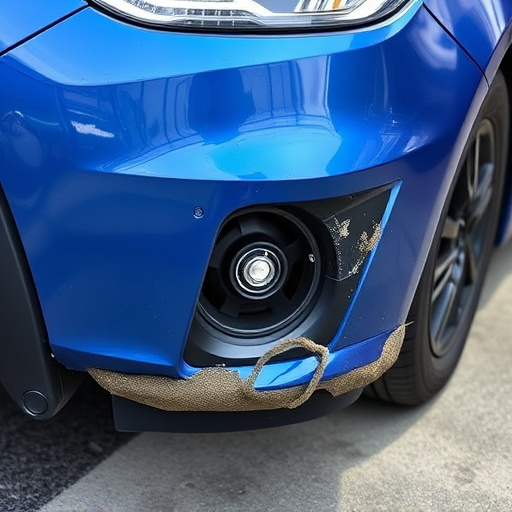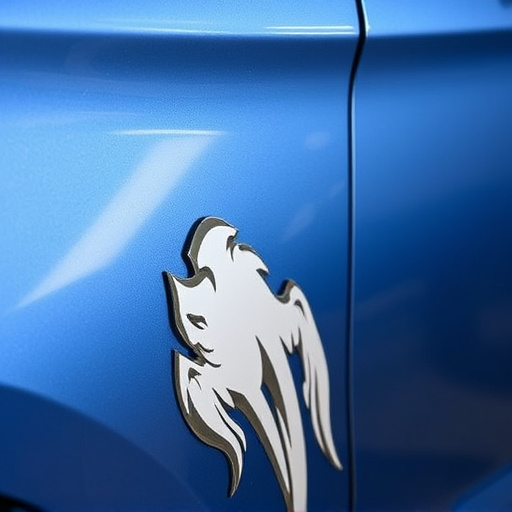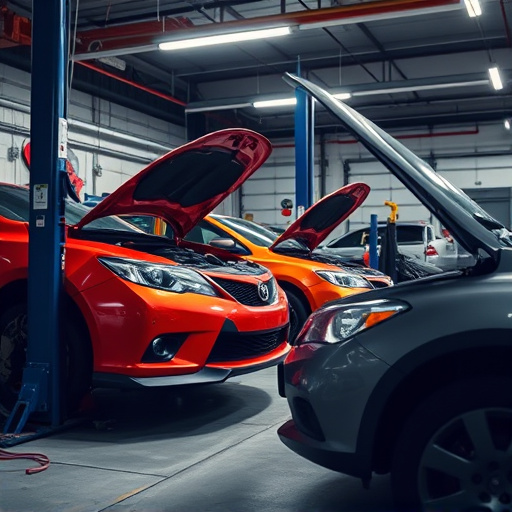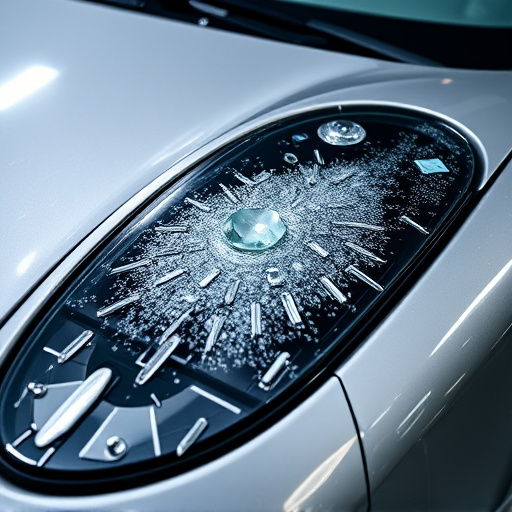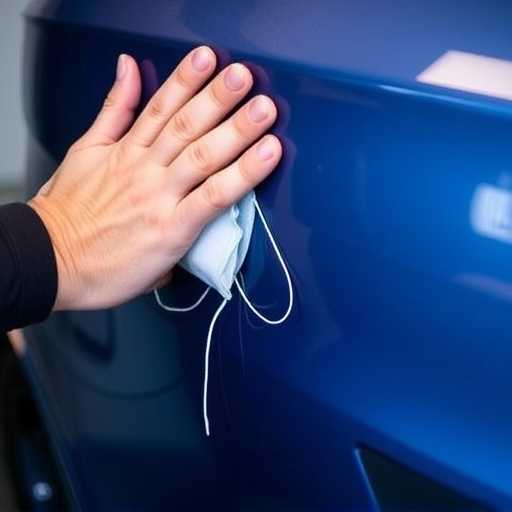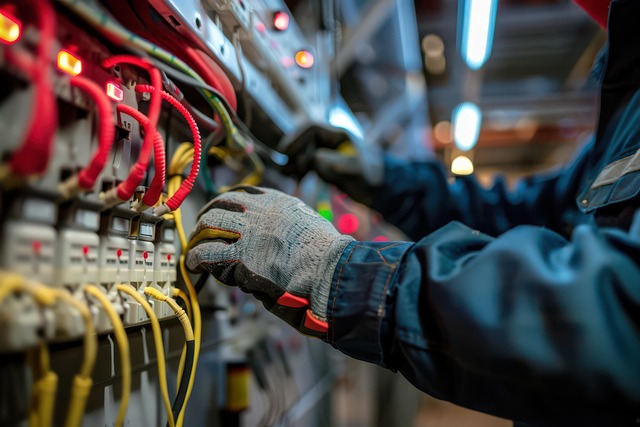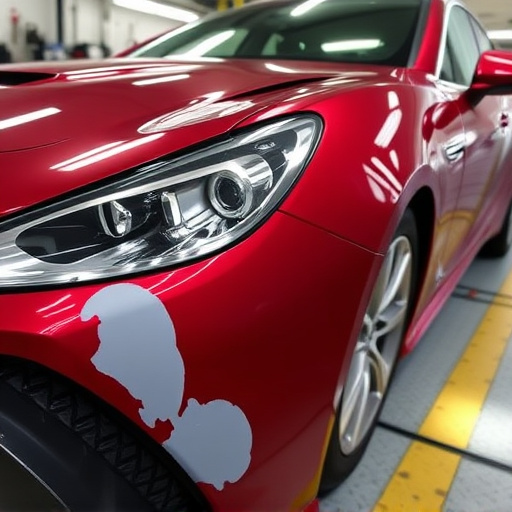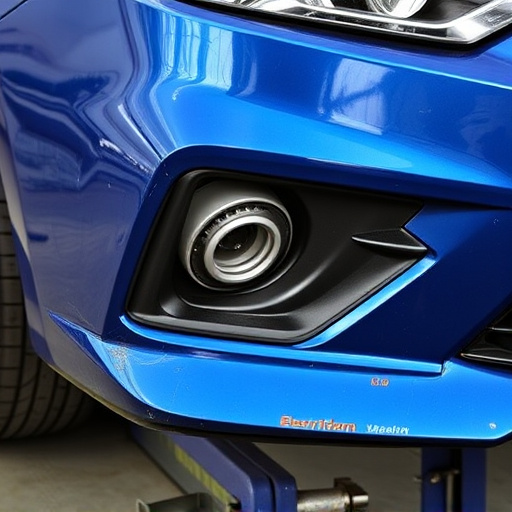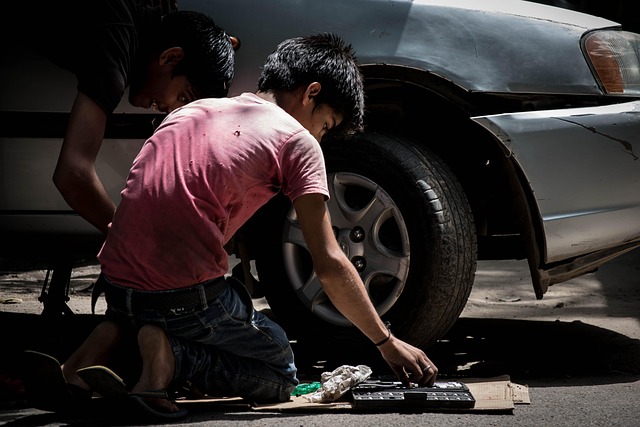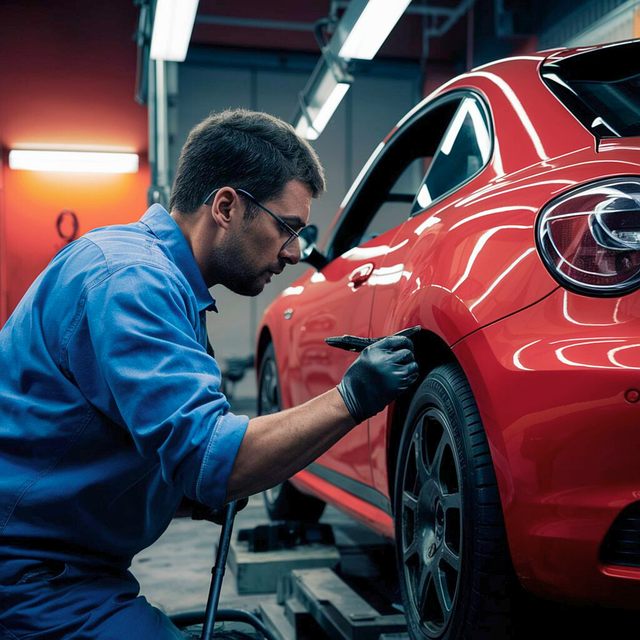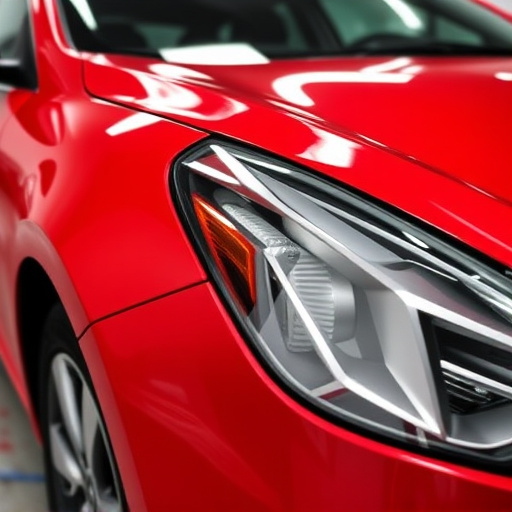Quarter panel dent repair is a specialized automotive service crucial for maintaining structural integrity and aesthetic appeal, using methods like paintless dent removal (PDR) or traditional body work. Cost varies by damage severity, panel size, and repair method, with PDR generally more expensive than traditional techniques. Before deciding on repair vs. replacement, assess the damage, compare costs, and seek professional advice for optimal restoration results tailored to your specific situation.
“Curious about fixing that nagging quarter panel dent? This comprehensive guide breaks down the ins and outs of quarter panel dent repair, offering a clear cost vs. replacement comparison. From understanding the basics of this process to analyzing price factors and making informed decisions, you’ll gain valuable insights for your next automotive care step. Discover why repairing a dent might be a smarter, more cost-effective choice than replacing the entire panel.”
- Understanding Quarter Panel Dent Repair: The Basics
- Cost Analysis: Factors Influencing the Price of Repair
- Replacement vs. Repair: Making an Informed Decision
Understanding Quarter Panel Dent Repair: The Basics
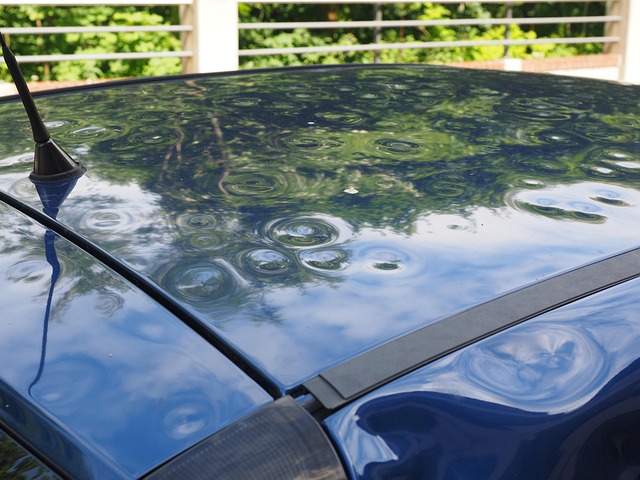
Quarter panel dent repair is a specialized service offered by automotive repair facilities, also known as auto collision centers or vehicle body shops. It involves fixing dents and dings in a car’s quarter panel—the side panels that connect the doors to the trunk or rear end. This process is crucial for maintaining the structural integrity and aesthetic appeal of a vehicle.
During a quarter panel dent repair, technicians use various methods such as paintless dent removal (PDR) or more traditional body work with metal hammers and dolly tools. PDR is often preferred due to its ability to preserve the original factory finish without the need for extensive painting. The process starts by accessing the dent from behind the panel, using specialized tools to push out the damaged area back to its original shape. Once the dent is removed, the technician ensures the panel lies flat and smooth, matching the contour of the rest of the vehicle body. This level of precision is what makes quarter panel dent repair a valuable service for vehicle owners looking to restore their cars to pre-incident condition without the costs associated with complete replacement.
Cost Analysis: Factors Influencing the Price of Repair
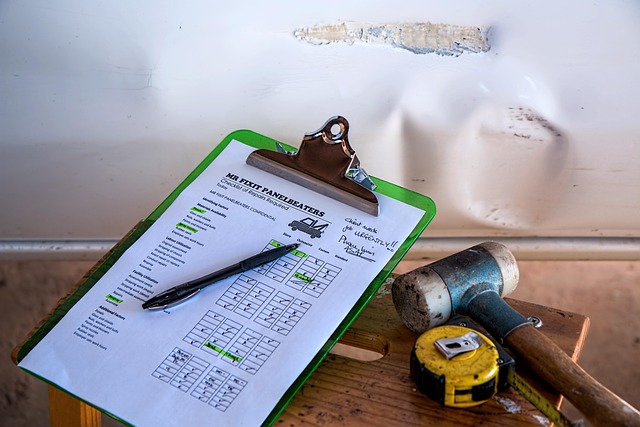
The cost of quarter panel dent repair varies significantly depending on several factors. One of the primary influences is the severity of the damage; minor dents can be fixed relatively cheaply, whereas extensive or deep dents may require more substantial repairs and materials, thereby driving up costs. The size of the panel also plays a role; larger quarters will typically incur higher labor and material expenses.
Another crucial aspect is the method of repair chosen. Traditional auto dent repair techniques using manual labor and specialized tools are often more affordable than advanced technologies like PDR (Paintless Dent Repair). Moreover, the cost of materials differs based on the quality and type of replacement parts used, with high-end vehicle restoration components carrying a steeper price tag. Auto painting services, while essential for restoring the aesthetic appeal, can also add to the overall expense, especially if custom colors or specialized finishes are required.
Replacement vs. Repair: Making an Informed Decision
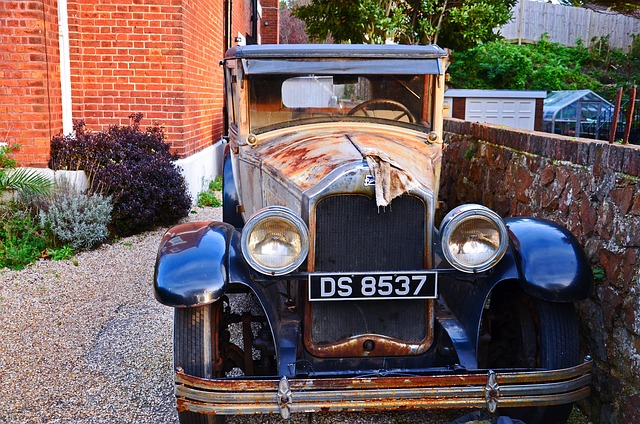
When considering quarter panel dent repair, the decision between replacement and repair often depends on various factors. The cost is a primary concern for many; repairing a dented quarter panel can be significantly cheaper than replacing it entirely. This option is especially attractive for older vehicles or those with sentimental value where parts availability and affordability are crucial. However, repairs might not always be feasible or advisable.
The severity of the damage plays a vital role. Deep or complex dents may require replacement to ensure structural integrity and a smooth finish in vehicle bodywork. Car paint repair techniques can only do so much. In some cases, particularly with modern cars, replacing the quarter panel is simpler and ensures better long-term results in vehicle restoration. Thus, before committing to any method, assess the damage, compare costs, and consult professionals for expert advice tailored to your specific situation.
When considering quarter panel dent repair, understanding the cost comparison between repair and replacement is crucial. After analyzing the factors influencing repair prices and evaluating the pros of each option, it’s clear that making an informed decision depends on individual circumstances. If the damage is minor, repair can be a cost-effective solution, saving money and preserving the car’s original value. However, for more severe dents or older vehicles, replacement might be the better long-term investment. By weighing these factors, car owners can decide whether to fix or replace their quarter panel dent, ensuring they get the best value and aesthetic results.

